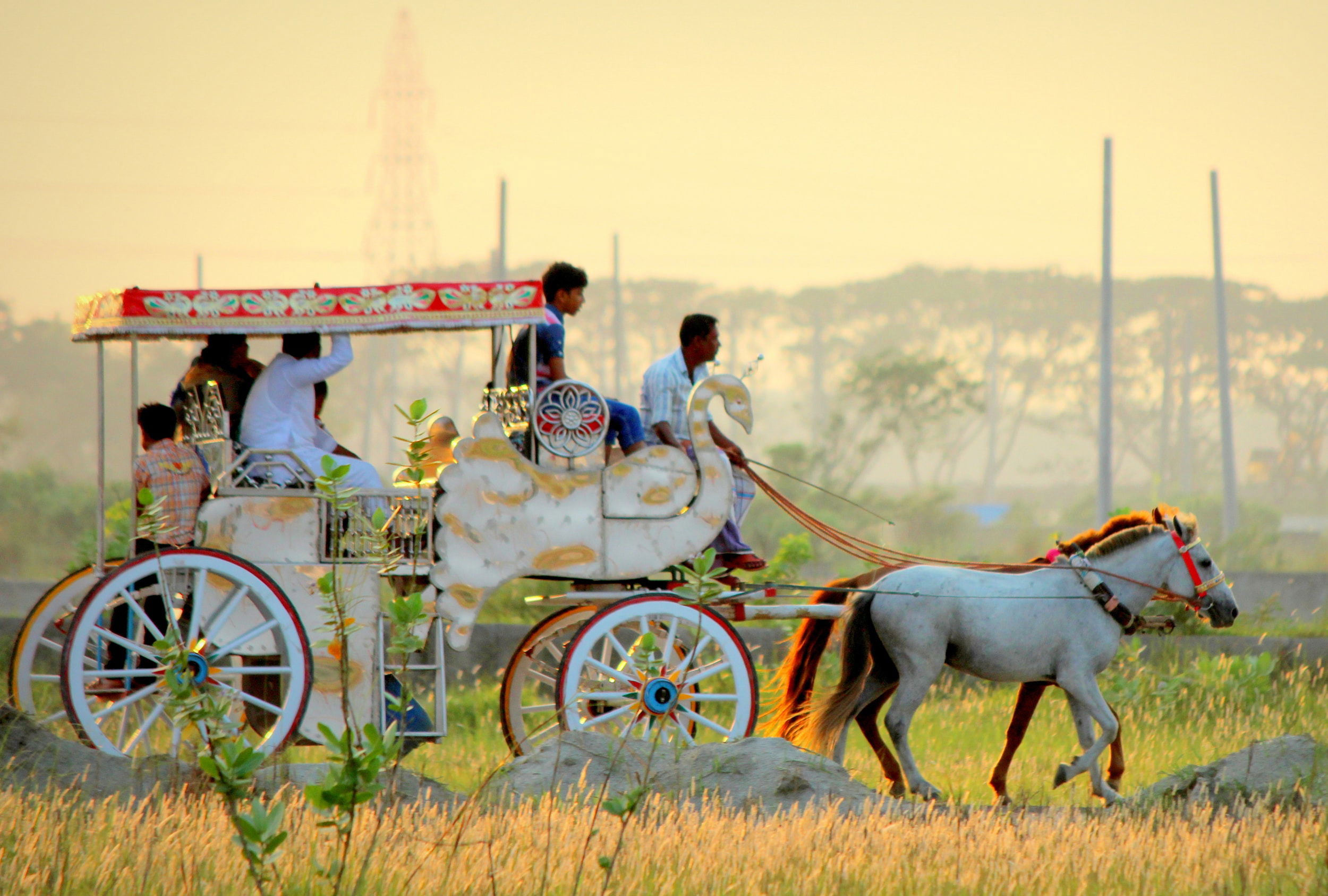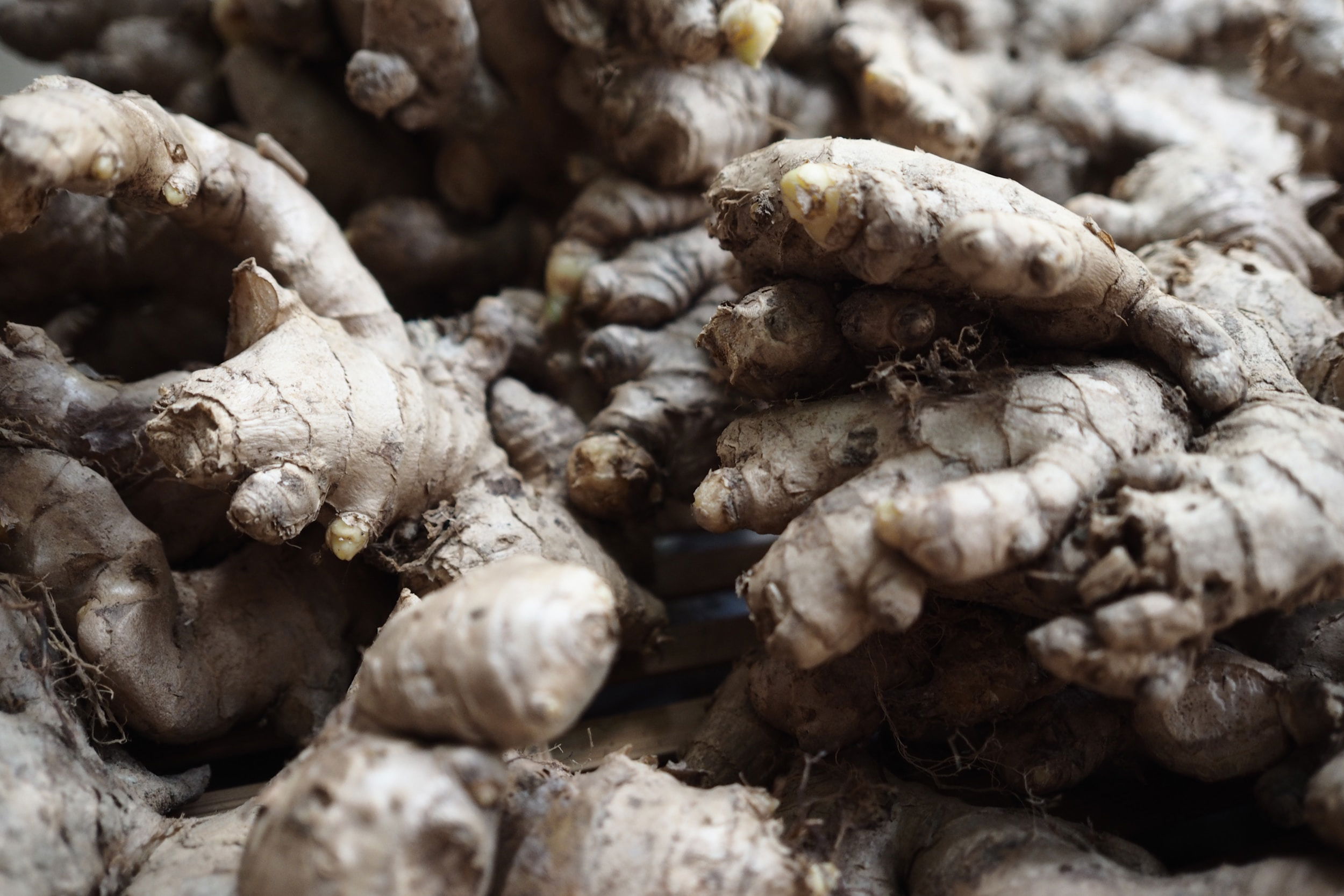The striving ginger in Bangladeshi's life

Ginger is an important agricultural commodity in Bangladesh and is widely grown in many parts of the country. The business of fresh ginger in Bangladesh is a significant contributor to the country's economy, as it is an important export crop.
Ginger is primarily grown in the northwestern region of Bangladesh, particularly in the districts of Rangpur, Dinajpur, Thakurgaon, Panchagarh, and Lalmonirhat. These areas have the ideal climate and soil conditions for ginger cultivation.The business of fresh ginger in Bangladesh involves several stages, including cultivation, harvesting, processing, and marketing. Farmers usually plant ginger in the rainy season, and it takes about eight months to mature.
After harvesting, the ginger roots are cleaned, graded, and packed into bags for transportation to markets and processing units. In Bangladesh, there are many small and medium-sized enterprises that are involved in ginger processing, including drying, slicing, and powdering. These processed ginger products are then sold domestically and exported to other countries, including India, China, Japan, and the United States.
The business of fresh ginger in Bangladesh has several advantages, including the availability of cheap labor, suitable climatic conditions, and government support for agriculture. However, the sector also faces some challenges, such as low productivity, inadequate infrastructure, and limited access to credit. Overall, the business of fresh ginger in Bangladesh has significant potential for growth, and with the right investments and policies, it can become a major player in the global ginger market.

In recent years, the demand for ginger in the international market has been increasing due to its numerous health benefits and use in various industries such as food, beverage, and cosmetics. This has led to an increase in the export of fresh ginger from Bangladesh, which has been a significant source of revenue for the country. According to the Bangladesh Agricultural Research Institute (BARI), ginger cultivation covers around 16,000 hectares of land, producing around 170,000 metric tons of ginger annually.
The industry employs a significant number of people, including farmers, traders, and workers in processing and packaging units. One of the challenges faced by the industry is the lack of modern technology and infrastructure, which affects the productivity and quality of ginger. However, the government has taken various initiatives to address this issue, such as providing subsidies for improved seed varieties and promoting the use of modern technologies in cultivation and processing.
Moreover, the government has also established ginger development centers in various regions of the country, providing training and technical assistance to farmers and entrepreneurs involved in the ginger business. In terms of export, Bangladesh primarily exports fresh ginger to India, which accounts for around 80% of the total export.
However, the country has been exploring other markets as well, such as the Middle East, Europe, and the United States. In conclusion, the business of fresh ginger in Bangladesh has significant potential for growth, and with the right investments and policies, it can contribute further to the country's economy. The industry needs more modernization and infrastructure development to meet the increasing demand for ginger in the international market and to ensure its sustainability.
